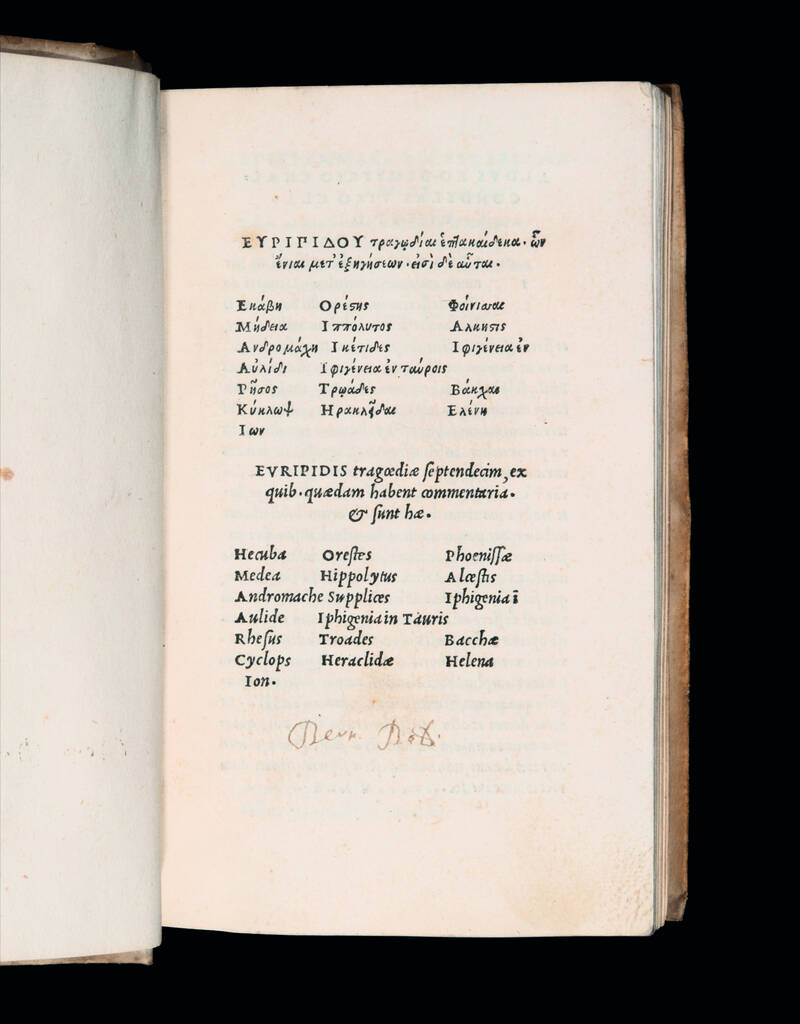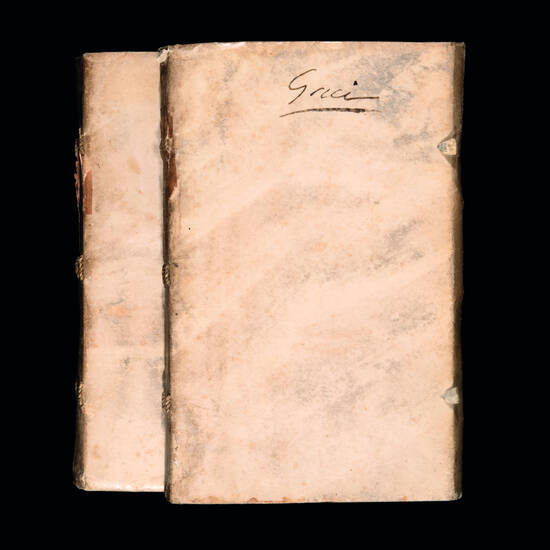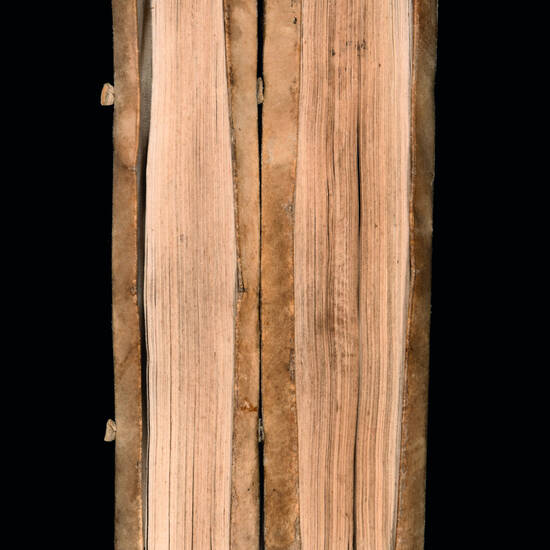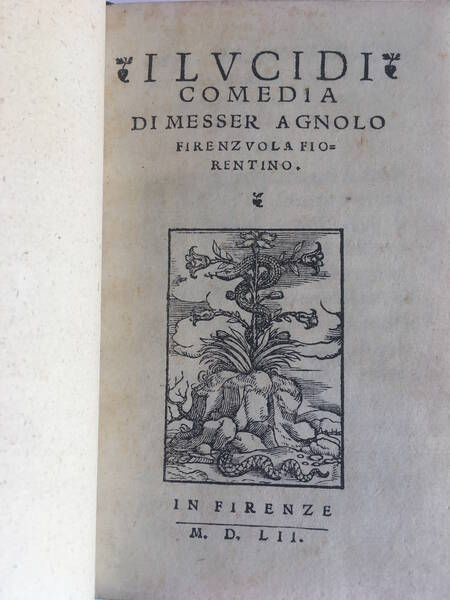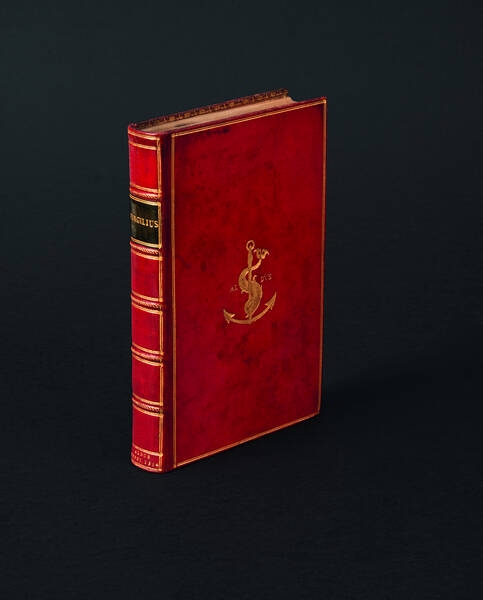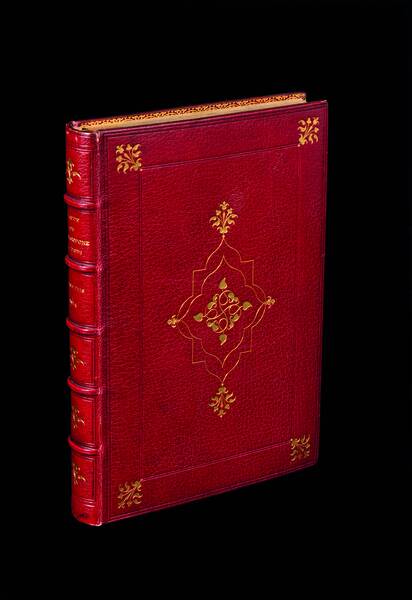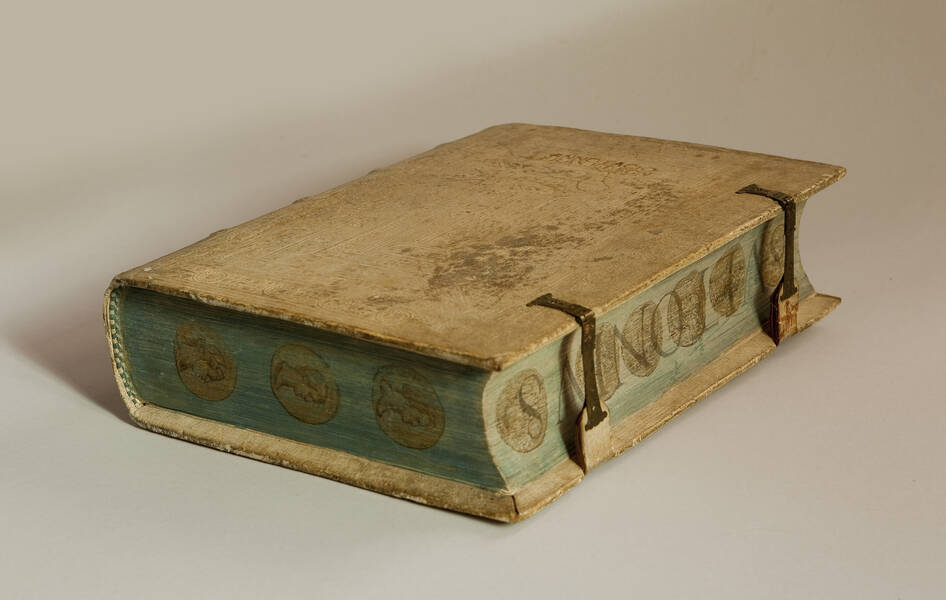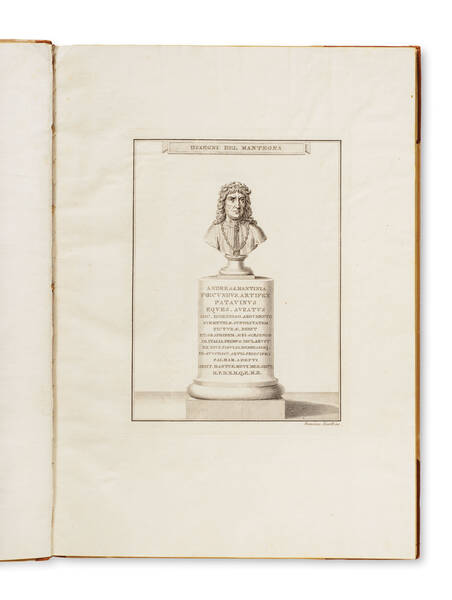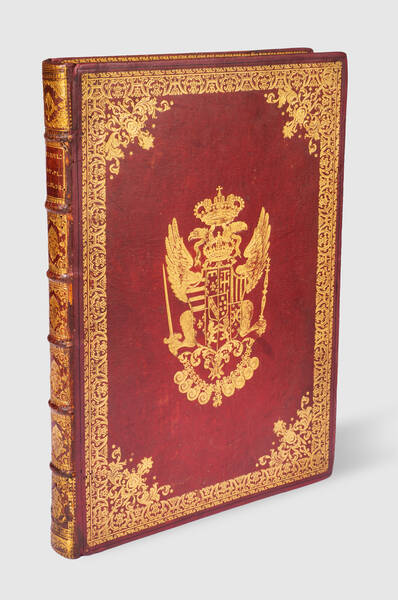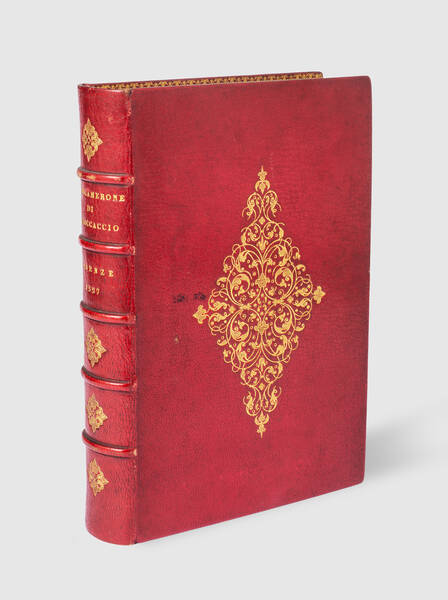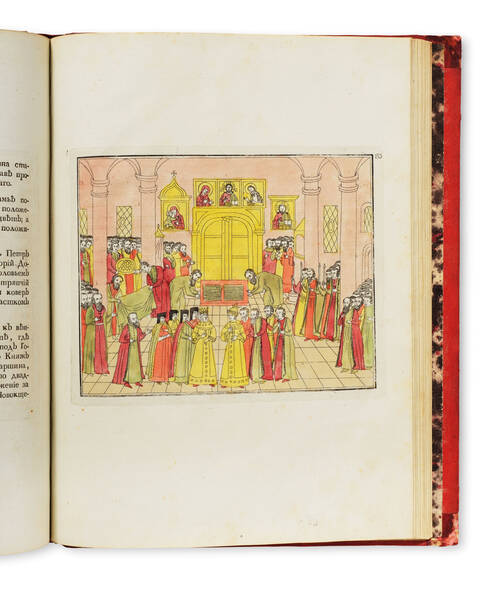EURIPIDES. Tragoediae septendecim ex quib.quaedam habent commentaria,et sunt hae. Hecuba Orestes Phoenissae Medea Hippolytys Alcestis Andromache Supplices Iphigenia in Aulide Iphigenia in Tauris Rhesus Troades Bacchae Cyclops Heraclidae Helena Ion.
Venice, Aldus Manutius., February 1503.Two volumes, octavo (163 x 100mm), [268]; [190] leaves, with all the five blanks; Aldine anchor and dolphin device at end of each volume. Contemporary limp vellum, yapp edges, flat spine with manuscript title and paper lettering-pieces. Spine slightly darkened but a very fine set.
Editio princeps of the most part of Euripides tragedies. Medea, Hippolitus, Alcestis and Andromache had been previously published at Florence ca. 1495 by Lorenzo de Alopa; Electra was not published until 1545. At the end of the second volume we find the Hercules Furens not mentioned in the title page, meanwhile included in the collection are the Resus, whose authorship is doubtful, and the Cyclops which is a satire and not a tragedy. In his preface to Demetrius Chalcondylas, Aldus indicates the edition consisted of one thousand copies and announces the imminent publication of the scholia to seven of the plays, but these were not printed until Giunta's edition of 1534. “Dans sa préface à Demetrius Chalcondylas, Alde fait entendre qu'il tiroit ordinairement ses èditions in-8° a mille exemplaires environ: “Mille et amplius boni alicujus auctoris volumina singulo quoq; mense emittimus ex Academia nostra.” Dans la préface du Catulle, Tibulle et Properce, du 1502, il dit cependent avoir tire de cette édition plus de trois mille volumes ad tria millia voluminum et plus. Effectivment Catulle, Tibulle et Properce, ètoient à la portée d'un plus grand nombre de lecteurs que les tragédies d'Euripide, et sont d'ailleurs maintenant moins rare de cette edition que l'Euripide, ou bien Alde considéroit les tres autores comme faisant chacun un volume, ce qui feroit justement le nombre de mille pour le tirage de l'édition. On se rappelle que, dans la fameuse liste de l' Evêque d'Aleria, les ouvrages en deux volumes, tirés à 275 exemplaires, soint ainsi désignés: DL volumina, en cumulant le nombre du tirage de chacun des volumes.” (Renouard). The Greek type used by Aldus here is the same introduced for the first time six months earlier for the Sophocles. It is the smallest Greek type so far and better cut than the previous ones; it is probably the best Greek type used by Aldus. Aldus' edition remained the most important printed text of Euripides until the 18th century.
Renouard 43/10; Dibdin I 524
Other Books
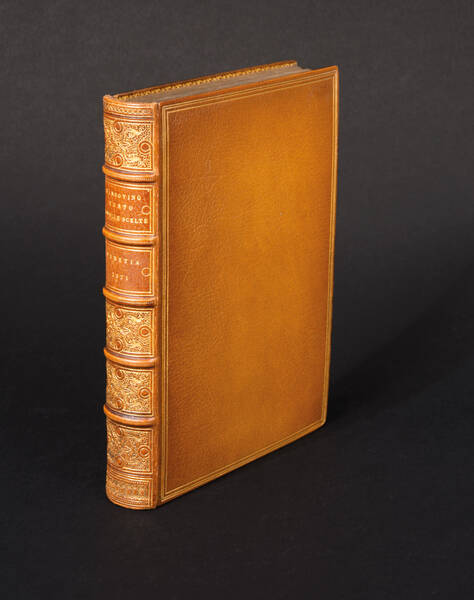
SANSOVINO, Francesco
Cento nouelle scelte da piu nobili scrittori della lingua volgare, con l'aggiunta di cento altre nouelle antiche, non pur belle per inuentione, ma...
€ 3.600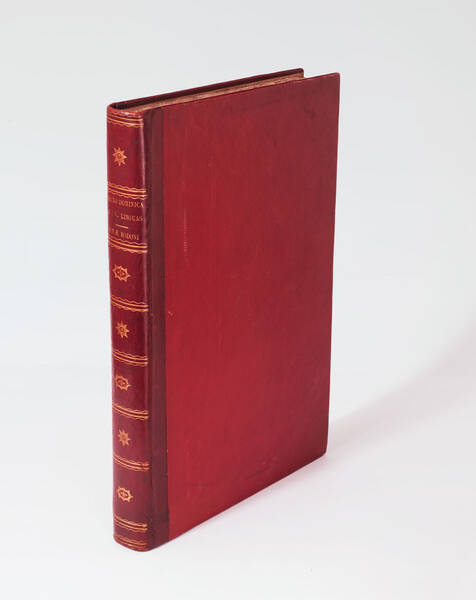
[BODONI]
Oratio Dominica in CLV linguas versa et exoticis characteribus plerumque expressa.
SOLD OUT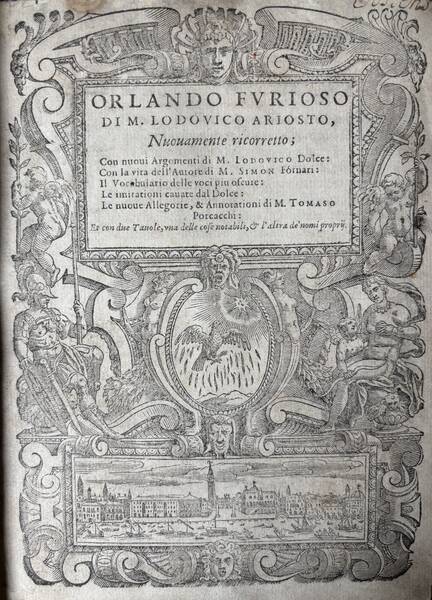
ARIOSTO, Ludovico
Orlando Furioso di M. Lodovico Ariosto, nuovamente ricorretto; con nuovi argomenti di M. Lodovico Dolce: con la vita dell'autore di M. Simon Fornari:...
€ 3.000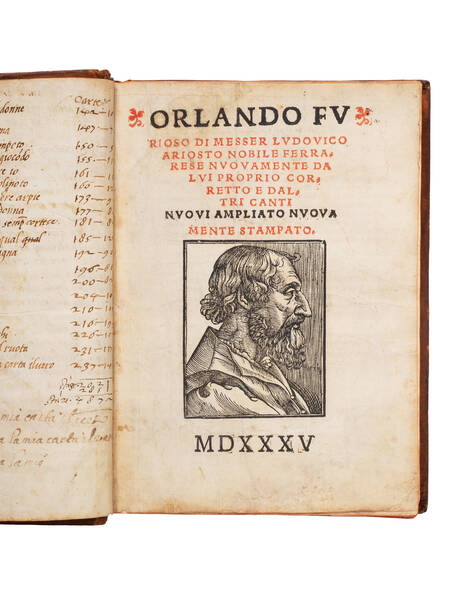
ARIOSTO, Lodovico
Orlando furioso di messer Ludovico Ariosto nobile ferrarese nuovamente da lui proprio corretto e daltri canti nuovi ampliato, nuovamente stampato.
SOLD OUT![[De Architectura libri decem], M. Vitruuius per Iocundum solito castigatior factus cum figuris et tabula vt iam legi et intelligi possit. [De Architectura libri decem], M. Vitruuius per Iocundum solito castigatior factus cum figuris et tabula vt iam legi et intelligi possit.](https://www.medariquier.com/typo3temp/pics/b57e48f107.jpg)
VITRUVIUS POLLIO, Marcus
[De Architectura libri decem], M. Vitruuius per Iocundum solito castigatior factus cum figuris et tabula vt iam legi et intelligi possit.
SOLD OUT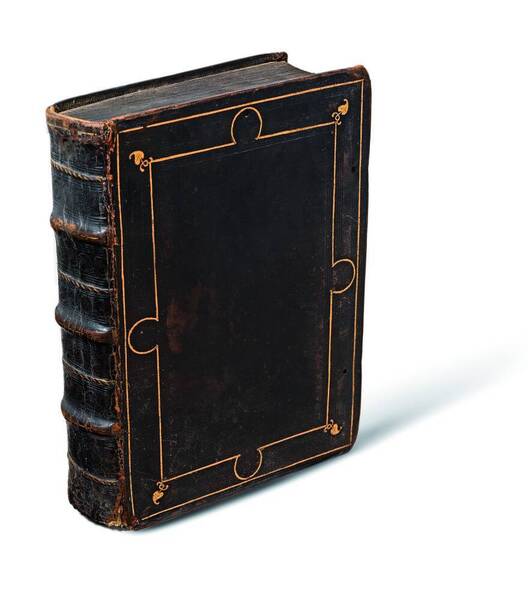
PLINIUS
Historia naturale di C. Plinio Secondo di latino in volgare tradotta per Christophoro Landino, nuouamente in molti luoghi, doue quella mancaua,...
SOLD OUT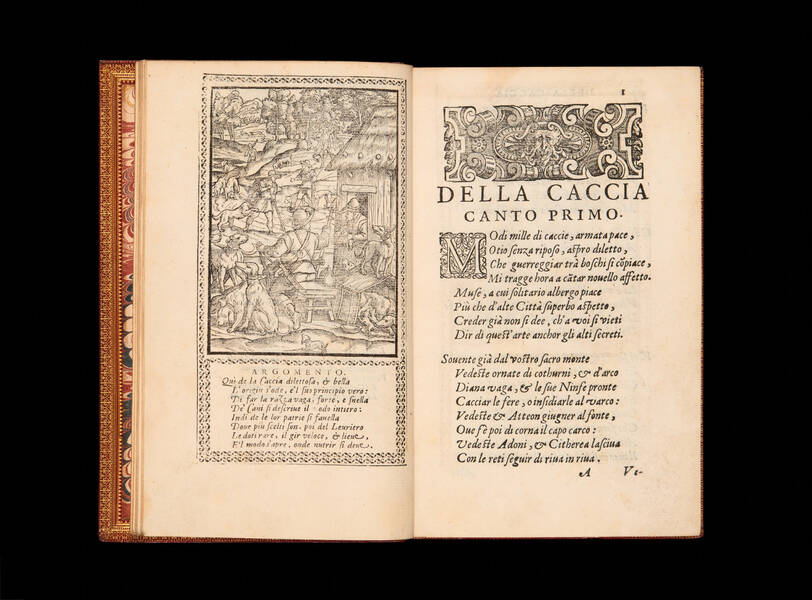
VALVASONE, Erasmo da
Della caccia poema del signor Erasmo di Valuasone. All'ill. signor Cesare di Valuasone suo nepote. Con gli argomenti a ciascun canto del sig. Gio....
€ 3.500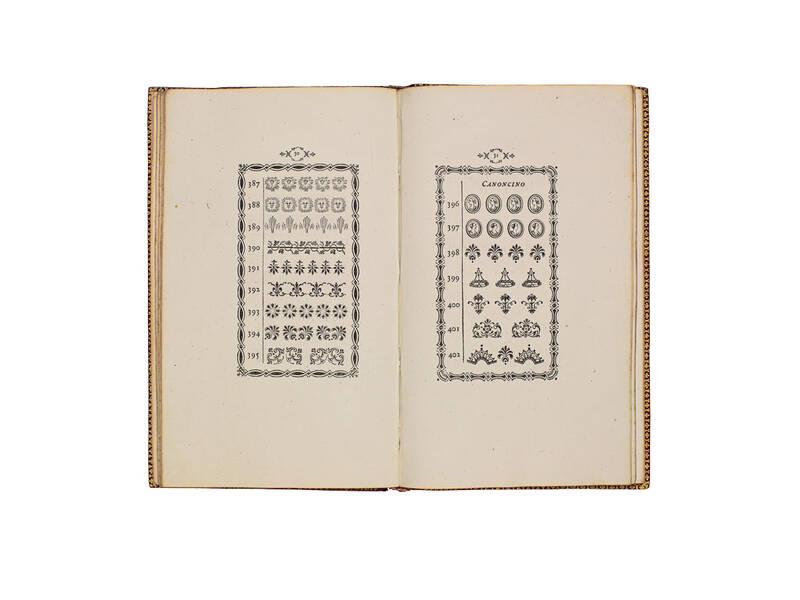
[BODONI]
Fregi e Majuscole incise e fuse da Giambattista Bodoni direttore della Stamperia Reale
SOLD OUT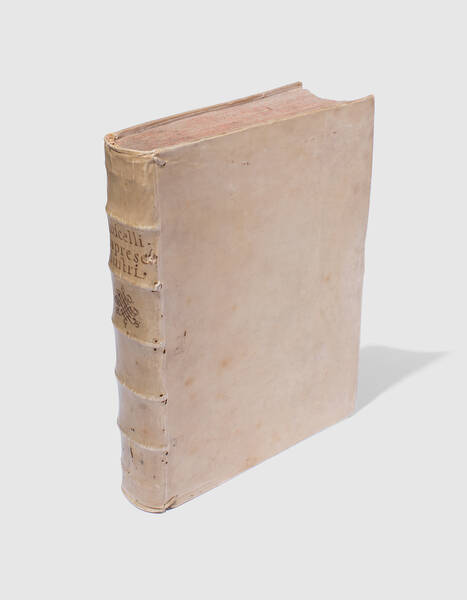
RUSCELLI, Gerolamo
Le imprese illustri con espositioni, et discorsi del s.or Ieronimo Ruscelli.
SOLD OUTMEDA RIQUIER rare books ltd.
4 Bury Street St James's
SW1Y 6AB London
Phone +44 (0) 7770457377
info@medariquier.com
